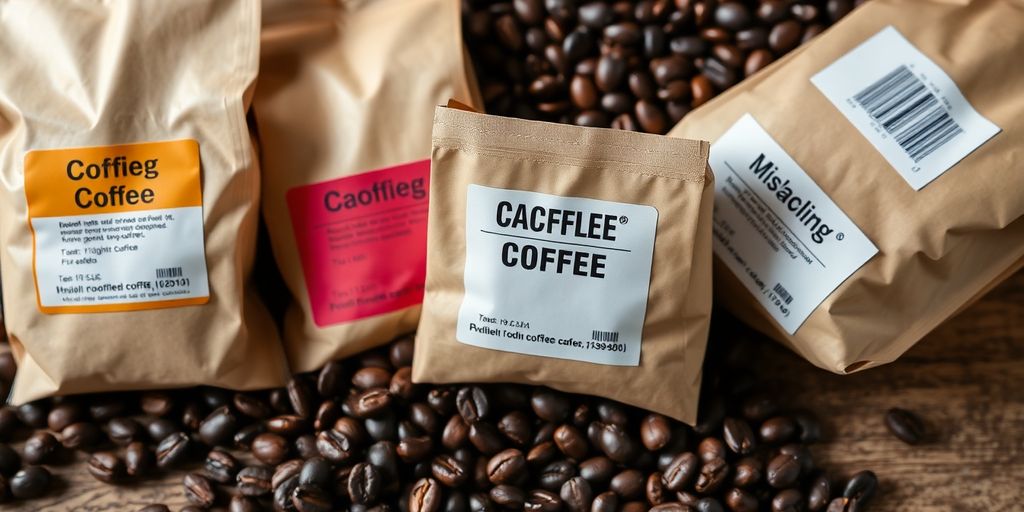The disseminated trends on TikTok and Instagram by influential figures have raised alarms, especially in the fitness and wellness sector. Often, these trends involve recommendations on diet management or specific workouts which tend to provide inconsistent and misleading content. The spread of such misinformation poses risk to individuals struggling with body image issues, eating disorders, and even young adults and teenagers who are easily influenced.
This questionable content may be dangerous as its widespread nature can misconstrue the reality of fitness and wellness, leading to false or exaggerated claims. It is difficult for the average user to decipher the line between truth and falsehood when exposed to the same messages repeatedly. We have consulted with wellness and fitness experts about the certain trends which should be downplayed and how to identify fallacious claims on social media.
One trend that is unsettling involves advocating food-restrictive diets and cleanses, often promoted by influencers. While diets like the keto and carnivore restrict certain food groups, it is not necessarily a sustainable approach for everyone. Excessive limitation and elimination of food categories may lead to an unhealthy relationship with food which is not sustainable in the long run and can potentially cause binge eating and increased cravings. It is essential to eat a balanced diet with food from all groups to supply our bodies with necessary micronutrients.
Amidst the misinformation, there are also claims about “earning food” by going to the gym and other similar trends. It is vital to understand that the gym serves benefits beyond burning calories; it is crucial for muscle building and improving both cardiovascular and mental health. Another misleading trend involves fitness advice targeting women, creating fear around resistance training or other high-intensity exercises. It’s a significant disservice to tell people not to engage in formal exercise regularly.
A popular trend seen on social media is the promotion of quick fixes or shortcuts to wellness like vibration plates. However, standing or doing a few actions on the vibration plates won’t help in muscle building or burning calories. The truth is, individuals must invest their time and effort in strength training and cardio workouts, instead of relying on one piece of workout equipment for weight loss or to achieve a certain aesthetic.
Lastly, a trend to avoid is based around cortisol-spiking exercises, often seen on fitness platforms. This can bring unnecessary fear around high-intensity workouts like HIIT due to the stress hormone cortisol’s release. However, studies show these exercises are beneficial for cardiovascular health.
These trends present the issue of fitness and wellness misinformation seen across TikTok, which creates confusion and discontent among users. Such trends may affect the impressionable minds of young users and lead to unhealthy habits and potential health problems. Using common sense and challenging influencers to back up their claims with substantial evidence can be an effective way of discerning truth from fiction.
The ultimate approach to health and wellness should be one that is based on scientific knowledge, evidence, and personal well-being. The health sector should encourage verified and realistic health advice to the audience. If in doubt about any information presented on social media, seeking assistance from offline health experts is highly encouraged.



